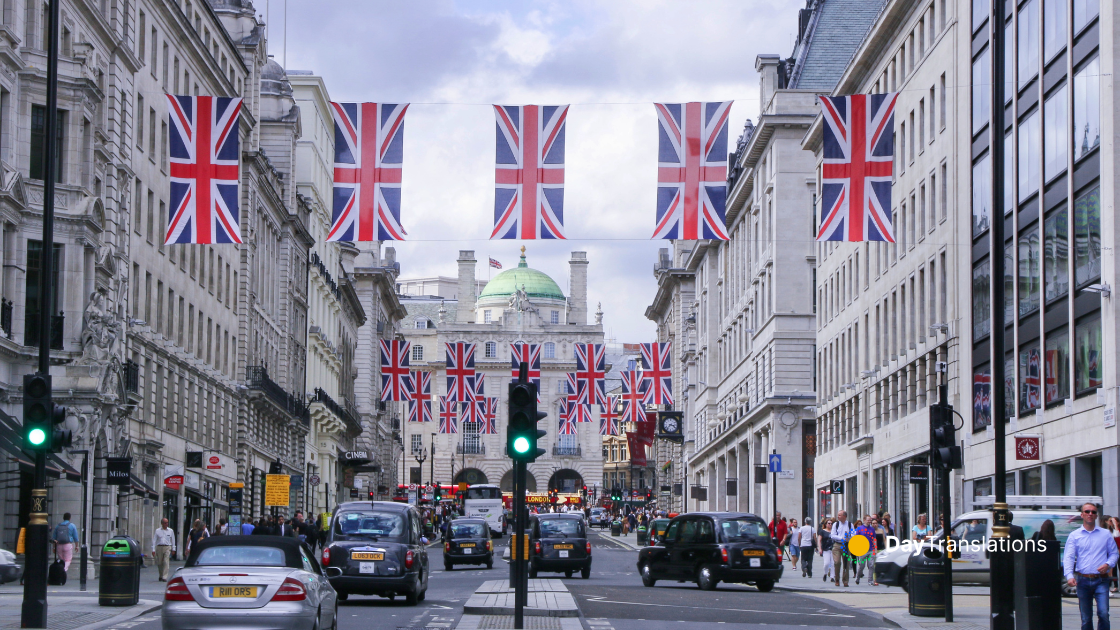Geography of the United States: Important Geographical Information about United States
In this Country Profile
With a varied and diversied topography, the continent can be divided in four large regions: The Atlantic Gulf Coastal Plain, The Interior Plains, The Rocky Mountains, The Great Basin and Alaska.
The Atlantic–Gulf Coastal Plain stretches along the east and southeast coasts of the United States. The states of Texas, Louisiana, Mississippi, Alabama, and Florida are known as the Gulf States.
The Atlantic Coastal Plain merges with the Gulf Coastal Plain in Florida. The East Coast, also called “Atlantic Seaboard”, includes the easternmost coastal states in the central and northern United States.
The East Coast of the United States stretches from the the Canadian border to the beaches of the Carolinas, Georgia and Florida. There are many natural harbors and some of the most famous cities of this area are: Boston, New York City, Washington D.C. Numerous estuaries, embayments, islands, sandspits, and barrier beaches backed by lagoons characterize the area.
The great delta of the Mississippi Rive is another main characteristic of the lagoon lined Gulf Coast.
The Interior Plains are divided into the fertile central lowlands, the agricultural heartland of the United States; and the Great Plains, which are a treeless plateau, are the broad expanse of prairie and steppe. The Black Hills of South Dakota form the region’s only upland area.
West of the Great Plains rise the magnificent Rocky Mountains which are divided into four sections: the Northern Rockies, the Middle Rockies, the Wyoming (Great Divide) Basin, and the Southern Rockies. One of the world’s most scenically spectacular is the Grand Canyon, one of the seven natural wonders of the world. Each sunrise and sunset paints the Canyon witha seductive red light. The Grand Canyon is a deep crack in the earth cut by the Colorado River.
The landscape is both powerful and inspiring, because the Grand Canyon overwhelms our senses through its enormous length; 446 river km long, up to 29km wide, and incredible depth of 1.6km deep. The largest basin in the region is the Great Basin, an area of of numerous salt lakes, including the Great Salt Lake.
The Pacific Coast Ranges represent a series of mountain ranges that stretch from the west coast of North America and Alaska towards northern and central Mexico. Only Hawaii and Alaska are outside the contiguous United States and do not share a border with any other U.S. state. Mauna Loa and Kilauea are active volcanoes that frequently erupt and make up together the Hawaii Volcanoes National Park.
Alaska is divided into four regions: the Arctic Lowlands, the coastal plain of the Arctic Ocean; the Rocky Mountain System, the Central Basins and Highlands Region, which is dominated by the Yukon River basin; and the Pacific Mountain System. Most of Alaska is surrounded by water and is well known for its dramatic landscape, impressive mountainous and volcanic regions.

Sorry, the comment form is closed at this time.